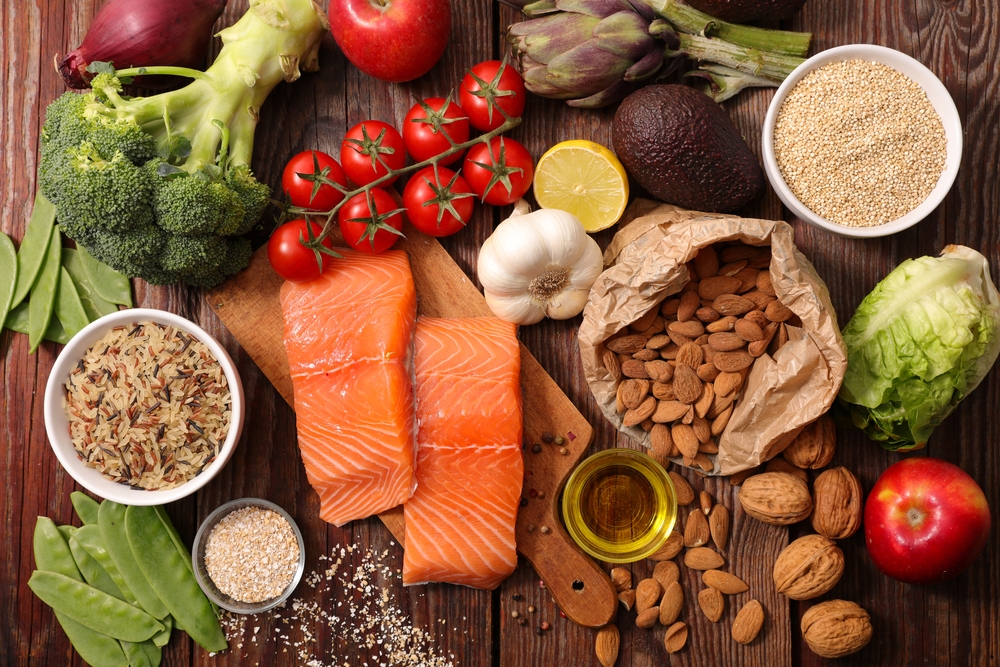
Before, I sent an article < < these foods, really don’t put them in the refrigerator > >, many curious babies asked:
Which foods should be put in the refrigerator?
Dr. Clove invited Teacher Fan to give advice: Your refrigerator space should be reserved for these foods.
Refrigerator, let the food go bad slowly.
Refrigerators can prolong the storage time of food. In the final analysis, it is a word [cold].
If the temperature decreases, the speed of chemical reactions will slow down. For example, the degradation of vitamins, the oxidation of fats and the decomposition of flavor substances will all proceed slowly at low temperatures, which is conducive to the preservation of food quality.
Similarly, the growth of microorganisms will be inhibited by cold.
At 4 ℃, the growth of most bacteria is inhibited, so food is not as easy to spoil as it is at room temperature.
However, bacteria do not die in the refrigerator, but only reproduce slowly. At this time, there are still some cold-resistant bacteria that can grow slowly and mold can also move, so you can still see the food in the refrigerator growing mold…
This is also why food needs to be fully heated before eating in the refrigerator.
These foods must be put in the refrigerator.
In addition to the leftovers and raw fish and meat known to all, the following foods must also be put in the refrigerator.
1. Vegetables
When vegetables, especially green leafy vegetables, are stored at room temperature, their nutrients will gradually lose and nitrite will increase rapidly.
Immediately after purchase, it should be wrapped in plastic wrap or plastic bag and subcontracted to the refrigerator room. You can also wrap it with kitchen paper towel before putting it into plastic bags to control humidity.
Unfortunately… most supermarkets sell vegetables at room temperature.
2. Yogurt
Yogurt is placed at room temperature, and the lactic acid bacteria in it will die quickly, losing some health care value, not to mention it, and it is easy to make the taste too sour.
Some supermarkets often sell yogurt at normal temperature when promoting sales… Do you want to buy it or not, you know.
3. Pasteurized milk
That is, refrigerated milk, bacteria will multiply and deteriorate at room temperature. Be sure to put it in the refrigerator as soon as possible after buying it, and it is best to finish it within a few hours after opening it.
If you can’t, please buy small packages.
4. Cooked meat products and bean products
Such as marinated beef, pickled elbow and salted duck. These foods may breed bacteria and even many dangerous pathogenic bacteria.
Moreover, bean products are more easily damaged than meat products. They are best placed deep in the refrigerator near the inner wall or in a fresh-keeping box.
5. All kinds of food after opening
Some foods do not need to be sold in freezers, such as all kinds of canned food, cooked food packaged in aluminum foil, ketchup, Tetra Pak boxed milk, pure fruit juice, beverages, etc.
They are sterilized and completely sealed. No bacteria and oxygen can drill in, so they can be stored at room temperature.
However, once you open the package, things will be completely different, and bacteria and oxygen will march straight in without hesitation.
If you don’t finish eating in time, the rest must be put in the refrigerator.

If you want the food to last longer…
Other things, if eaten in a short period of time, do not need to be put into the refrigerator; But if you want to keep it longer, you also need to put it in the refrigerator.
For example, dried seafood products such as shrimps are very easy to absorb moisture at room temperature and their quality deteriorates. They not only produce pungent ammonia flavor due to protein decomposition, but also produce carcinogenic nitrosamines.
Another example is various sauce condiments. Although they can be stored temporarily at room temperature, they will slowly suffer from fat oxidation and flavor changes. If you can’t eat them all in two weeks, you should put them in the refrigerator.
Less salty sauces such as salad dressing and tomato sauce must be put in the refrigerator after opening.
If you can’t finish eating, you can transfer it to the freezer.
Here is a tip to save money at home:
Some foods are about to expire in the refrigerator and cannot be eaten out, so you can consider transferring them to the refrigerator for storage.
For example, boxed tofu is easy to break down. If you have to go on a business trip to finish it on time when the shelf life is approaching, you might as well open it, cut it into cubes or slices, then put it on a fresh-keeping bag, tie it tightly, and put it in the freezer. After returning home, enjoy frozen tofu.
Remember to cut into small pieces, which is not only easy to freeze, but also more convenient to thaw.
Buying fresh food is king’s way.
Theoretically, if we don’t talk about safety or consider the problem of saving resources, only in terms of product quality, the vast majority of foods actually have better preservation effect when stored at low temperature for a long time.
But the question is, should we arbitrarily extend the storage time of food just because we have a refrigerator?
There is fresh and abundant food in the market every day. Is it necessary for us to spend a lot of electricity to keep the food for months or even years?
Try to eat fresh food and don’t buy too much food at one time for long-term storage. It is a better choice for health, environment and even taste.
